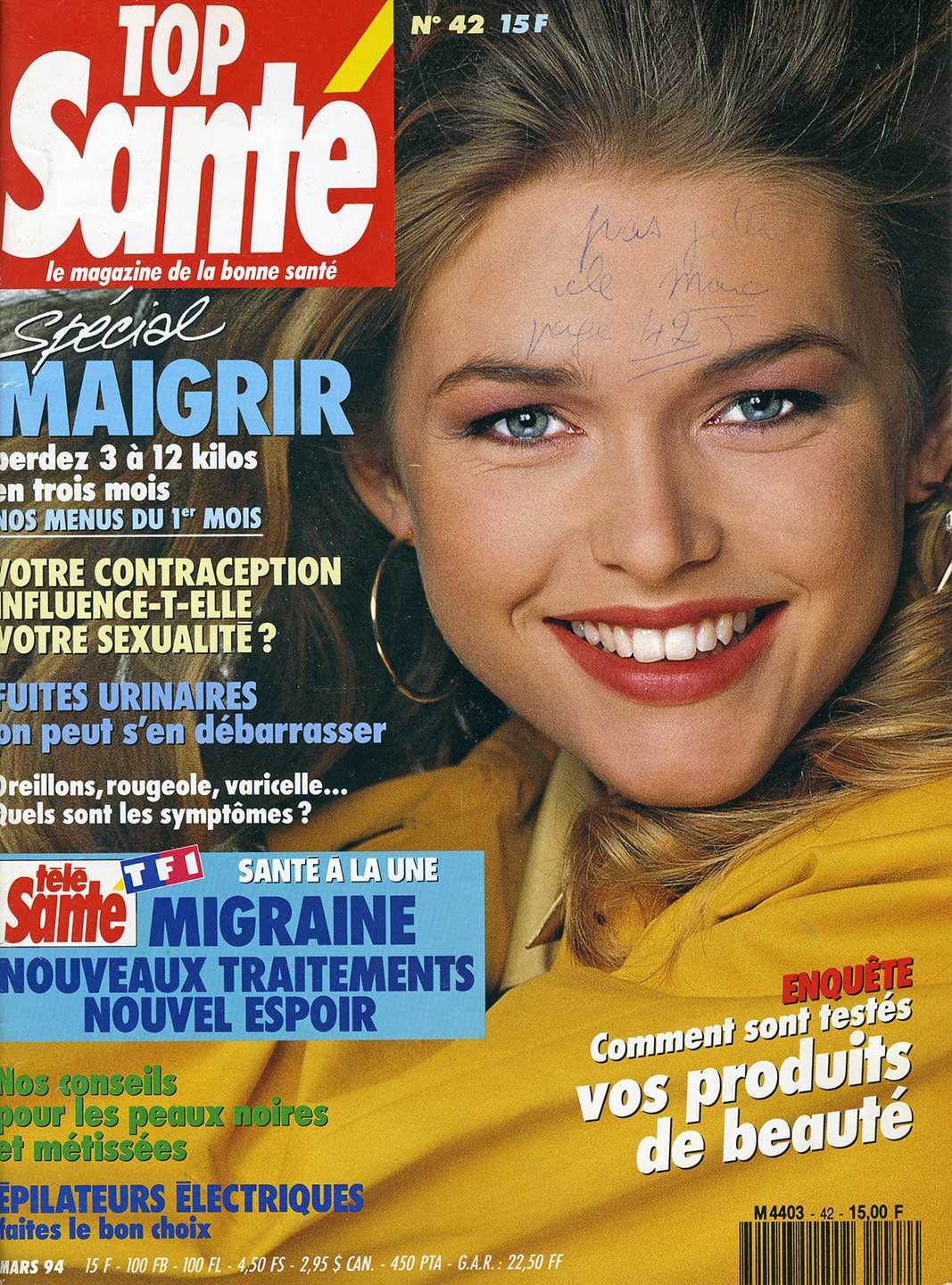
Even more important relics come to mind, for example, the nails from the cross that Jesus Christ was nailed to. Inside the coffin is a small sack with the relics. The painting with the coffin containing the body of Saint Mark refers to human time. Whereby I maintain that the Venetians already had submarines. Then there’s the painting with the uniforms: historical time, the power of the Serenissima on the terra firma, as well as the painting with the submarines: the power of Venice on the seas. There’s the painting with the continents: that’s geological time see Alfred Wegener’s Continental Drift Theory.

However, I toy with both historical time and geological time. Each event is a step forward against the law of necessity. With Andrea Emo I have found confirmation that history is a chain of illogical, ahistorical actions, incidents that have nothing to do with cause and effect. The future is present and absent at the same time.Īs concerns the pictures, I toy with history. Being is the same as nothingness, which it presupposes as its foundation. For every being as one that will become strives to become another.

There are more than the space could accommodate and now we have to make a choice, a choice that can only be a temporary one-perhaps maybe in a week or a month or a year we would make a completely different choice.Īnd no one can prevent me from sinking all the pictures into the lagoon after the exhibition and waiting to see what the future, the epitome of everything possible, will bring.Īnd precisely because we might then think that the images are not so uninteresting that we could value them, we trust in their future in the lagoon. To understand better the development of this exceptional event, we publish an extract from the long letter that the artist wrote to Gabriella Belli, taken from the exhibition catalogue.ĭear Gabriella, you have seen all the paintings I have created so far for the Palazzo Ducale.

In the words of director Belli: "The purpose of this great work is to understand how much need we have in public spaces today to bear witness to our time, to construct an epiphany of our contemporary era, to ‘stage’ the present and our universal values". Kiefer's large-scale works on display here reflect on the specificity of Venice and its position: in contact with Eastern and Western cultures, in a unique and particular fusion. The exhibition, strongly supported by the director of the Musei Civici di Venezia, Gabriella Belli, is hosted in the extraordinary spaces of the Sala dello Scrutinio and the Sala della Quarantia Nova in the Doge’s Palace. The event takes its name from some of Andrea Emo's writings: the German artist notes deep connections between his own artistic method and the thinking of the Venetian philosopher.

Anselm Kiefer »inTime, the Venice airport magazine


 0 kommentar(er)
0 kommentar(er)
